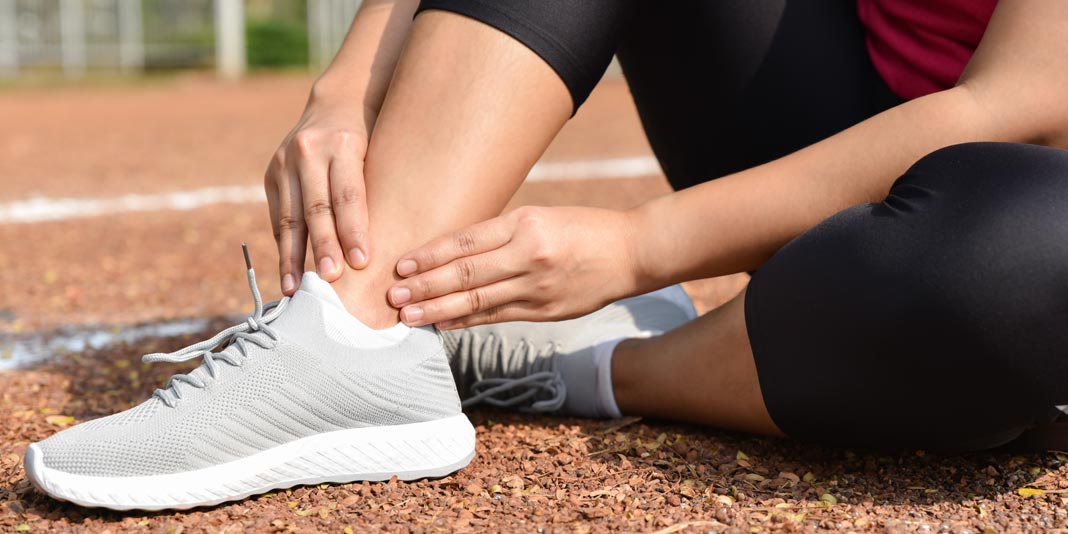Ankles aren’t getting enough attention in our exercise routines, unfortunately. Yet, it’s one of the most important and stressed portions of our body. We put them through all kinds of stresses, including those deadlifts at the gym, leg presses, regular walking, and high heels! If you think about it, ankles perform a very big role in our everyday lives, so it’s essential to have a workout routine that supports their health.
Since ankles are the foundation of nearly everything you do standing up, performing stability exercises will give you extra support you need. Think of the last time you had knee issues. Your knee pain most likely began with your ankle mechanics being off, slowly leading to misalignment of your hips, and then, inadvertently, the lower back pain that you’re wondering how to fix. Your body works together like a machine, so it’s essential to pay attention to all moving parts, not just the large ones.
And pain might just be the start of your problems. These small instabilities can cause further damage to other parts of your body, causing you to injure yourself with simple movements or exercises.
Ankle Exercises Dancers Use
1. Take a cue from ballerinas, who are always working to strengthen their ankles to stand on pointe. Start your workouts by drawing circles with your feet 10 times clockwise and then 10 times counterclockwise. Repeat this on each leg while standing and using a bar or holding on to a stable surface for balance while you do this.
2. Get on your tip-toes, balancing on the ball of your foot, and straighten one leg, touching the toes and then the ball to the floor, putting your weight on the leg before switching to the other leg. Walk a length of a room while on your toes, straightening your foot out in front of you and balancing.
3. Hold on to the back of a chair or another stable surface, and swing your leg from the hip back and forth from front to back, and then from side to side for 10 counts. Repeat on the other side.
4. Do skater lunges, from side to side, 10 times per side to provide extra stability and train your control of your body while you stabilize. Focus on controlling the movement rather than building up a sweat.




































